The Mystery of John, John, John, and John
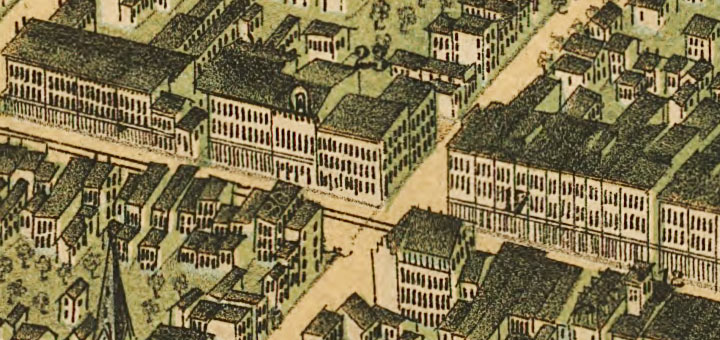
When researching family history, one is bound to encounter mysteries. The quest to answer these is actually one of the reasons I began working with my father, Mark Hagenbuch, on Hagenbuch.org in 2014. Our work together has often been fruitful, though occasionally it can be quite the frustrating endeavor.
My father’s more than fifty years of research into the Hagenbuch family has provided answers to many questions. These were shared during the 1980s and 1990s in the Beech Grove newsletter. This site has gone on to answer even more including:
- Where was Andreas Hagenbuch’s house located?
- Is the Haugabook family a lost line of Hagenbuchs?
- Are we really beech trees?
Nevertheless, some Hagenbuch family mysteries have continued to dog us. One of these is the confusing number of John Hagenbuchs found in the first few generations of Andreas Hagenbuch’s (b. 1711, d. 1785) tree. Andreas had a son named John, as did three of Andreas’s sons: Henry (b. 1736, d. 1803), Christian (b. 1737, d. 1812), and John (b. 1763, d. 1846).
Keeping these Johns straight is challenging. In fact, one of the only methods for doing this requires accurately locating each of their birth dates. With this information, we can better identify which John is listed in a census record or noted in other genealogical documents.
For example, when researching the article about runaway John, we were able to determine that this was Andreas’s son, John Hagenbuch. Only this John’s birth date matched the age of the runaway mentioned in the old newspaper clipping.
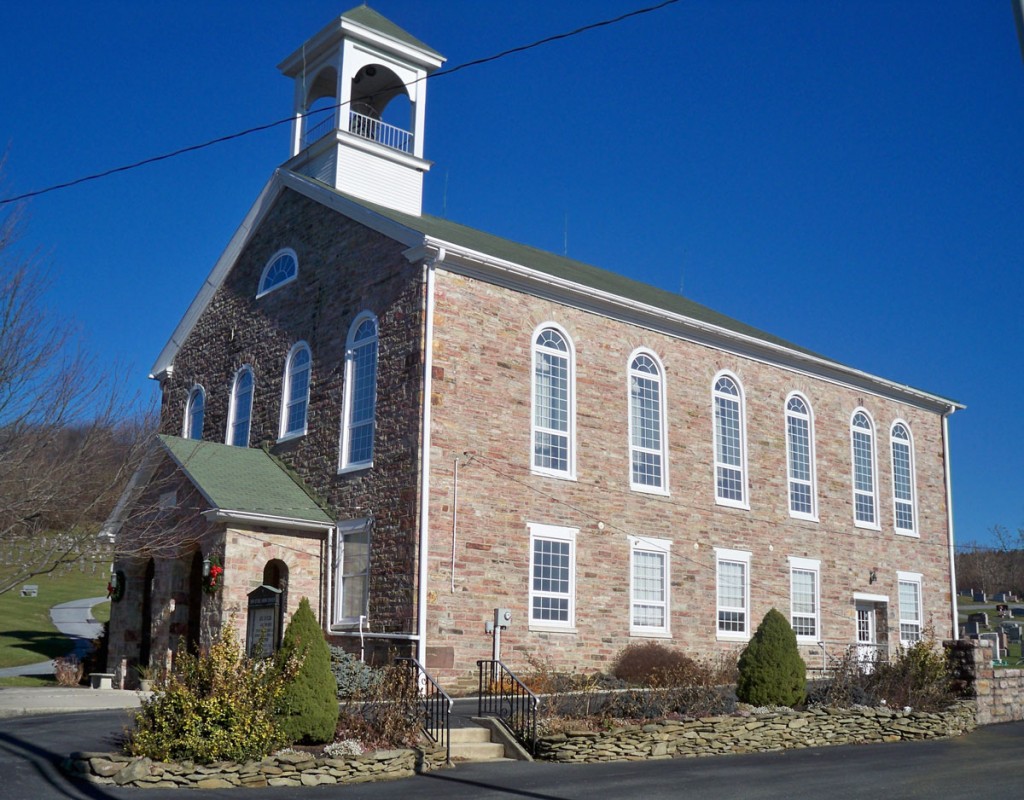
New Bethel Church in Albany Township, Berks County, PA. Credit: newbethelchurchkempton.wordpress.com
Differentiating between Andreas’s son John and Henry’s son John has been difficult. The primary reason for this is that Henry’s son John was actually born first. According to the New Bethel Church baptism records, this John Hagenbuch was born on August 4, 1762 and Andreas’s son John was born just over a year later on October 4, 1763. John (b. 1762) was Henry’s eldest son, while John (b. 1763) was Andreas’s youngest.
Though confusing, all of this appeared perfectly sensible, that is until my father and I read Henry Hagenbuch’s estate proceedings. Henry died in 1803 without a will and, as a result, a judge was tasked with dividing up his estate. In the court documents, it was recorded that Henry’s son Jacob (b. 1765, d. 1811) was actually the eldest of his five sons. These were listed as follows: Jacob, Christian, John, Joseph, and Henry.
But how could this be, we wondered. Wasn’t John (b. 1762) actually the eldest? Were the documents wrong or was there something else?
After much debate, the most logical answer to the mystery was that Henry’s eldest son, John, had died young. The John Hagenbuch listed in the 1803 court document was actually another son, also named John, who was born sometime after Jacob.
Curiously, there was a John Hagenbuch buried in Howertown, Pennsylvania not far from Allentown where Henry resided. According to the gravestone, this John was born in 1776 – a date that worked perfectly with the birth order provided in the estate documents. Christian was born in 1773 and Joseph in 1778, thus placing John right in between them.
Yet, my father and I remained uneasy about declaring the mystery solved. For one thing, this meant that Henry had named two of his sons John, the second being named as such after the first one died. We knew of no precedent for doing this, that is until we began reading Daniel Schumacher’s baptism records.
Daniel Schumacher baptized several of Andreas Hagenbuch’s children, including one named John (recorded in German as “Johannes”). However, this is not the runaway John Hagenbuch who was born in 1763. Rather, this is a still another John who appears to have been born and baptized on January 1, 1756.
Little else is known about this John, except what can be inferred from a fascinating note left by Schumacher. He writes that John received an “emergency baptism.” In other words, this John was born sickly and may have died shortly thereafter. Andreas and his third wife, Maria Margaretha, would go on to have more children, the youngest of which was born in 1763 and again named John.
Thanks to the records of Daniel Schumacher, it can be definitively shown that parents would sometimes reuse a name should one child die early. Interestingly, this proof is also connected with the name John.
What was it about that name which so captivated Andreas and his son Henry? One theory is that the name John was given in honor of Andreas’s father, Hans Michael Hagenbuch (b. 1685, d. 1735). As discussed in a previous article, Hans is a shortened version of the name Johann (John).
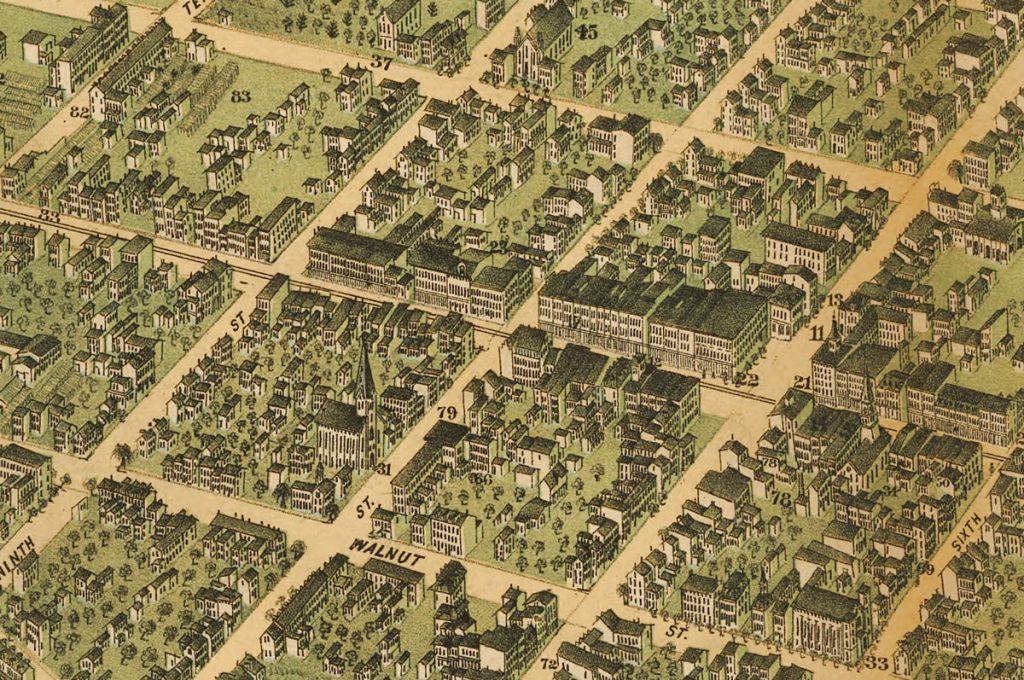
1890 bird’s-eye view of Allentown, PA where Henry Hagenbuch lived in the 18th century. Credit: Library of Congress
After uncovering the above naming precedent, my father and I feel confident in stating that Andreas and his son Henry each had a son, John, who died at a young age. Both then reused the name and christened another child John as well. As odd as this may seem, it is currently the only plausible explanation for the seemingly contradictory birth dates and other information.
To conclude, between years 1756 and 1776 there were four John Hagenbuchs born in Pennsylvania. Two would not survive childhood, while the other two would reach adulthood, marry, and raise children of their own. Future articles will continue to explore their descendants.
The four Johns discussed in this article were:
John Hagenbuch (b. 1756, d. 1756)
Parents: Andreas and Maria Margaretha Hagenbuch
John Hagenbuch (b. 1762, d. before 1775)
Parents: Henry and Anna Magdalena Hagenbuch
John Hagenbuch (b. 1763, d. 1846)
Parents: Andreas and Maria Margaretha Hagenbuch
John Hagenbuch (b. 1776, d. 1843)
Parents: Henry and Anna Magdalena Hagenbuch


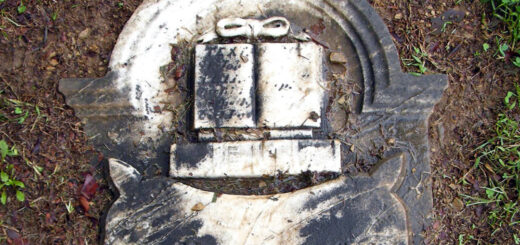

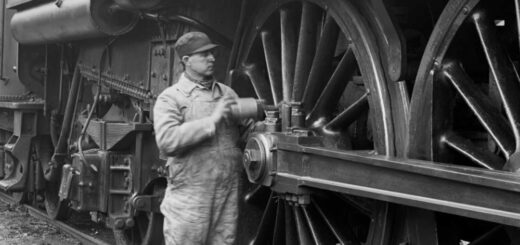














Thank you so much for this article! Previously I had thought that John Hagenbuch, born 1762, was the right John for my Hagenbuch line. Now I know that John Hagenbuch, born 1776, is the correct one! I also now have the birth and death dates for him. It may interest you to know that this John owned a hotel for a number of years in Lehighton, Carbon County, PA.
Hello all,
I am looking to confirm a relationship between Henry Hagenbuch (Berks) , John and Reuben.
John Hagenbuch from Siegfried Ferry built a tavern on the west bank of the Lehigh (would become Lehighton )
One can imagine the movements of that ancient ancestor by reading your page “ Exploring Hagenbuch Country”
John of Lehighton had several children one of whom was named Reuben. Several references confirm this.
Reuben married into the Bauman family (Sarah) dau of Henry Bauman and Susanna Eberhard.
A daughter of John Christina, married into the prominent Craig family
One of the children of Reuben and Sarah was Rosanna who married into Daniel Beer family of Parryville who in turn started a large family after marrying James Redline of Mauch Chunk .
I believe this John’s father is Henry one of the sons of Andreas.
The record I have shows John born 1776 in Albany twp. Not far from the Lehigh river.
I have no firm record linking Henry to the Lehighton John.
John had a family by 1809 (Reuben was born in 1805) but I have no record of John prior to the 1809 reference. This was long ago and records of this time are bound to be scarce.
Anyone have any information?
Thanks,
Tom Jones
Refs
History of Carbon County
Frederick Charles Brenckman p.231
Lehighton became one of the stopping places on this road in 1809 when John Hagenbuch built a tavern on the site now occupied by the Exchange Hotel He came from Siegfried’s Bridge then known as Siegfried’s Ferry Northampton county For many years he continued as the landlord of this tavern and was succeeded by his son Reuben Hagenbuch. Nicholas Fuller opened a tavern near the bridge in 1814 remaining its landlord for a long period
Many John Hagenbuch’s
http://www.hagenbuch.org/exploring-henry-hagenbuchs-family/
John Hagenbuch (b. 1776, d. 1845)
John was born on April 11, 1776. He was first married to Elizabeth Knauss, and the two raised a family in Leighton, Pennsylvania where John owned a hotel. After Elizabeth died in 1827, John moved to Howertown, Pennsylvania and married Hannah Faust Beil. He died on April 6, 1845.
History of the Counties of Lehigh and Carbon, in the Commonwealth of Pennsylvania
Alfred Mathews Austin Hungerford
1884 P 731
Early Lehighton Hotels
In the year 1804 the bridge was built across Lehigh River at Jacob Weiss mill and the narrows to the place later so well known as the Landing Tavern and in this year the Lehigh and Susquehanna Turnpike Company was incorporated the road was built over the Broad Mountain and route was opened across the mountains to Berwiclr the Susquehanna River the tide of travel was turned this direction and along the route taverns were opened The first in this vicinity was presided over by Hagenbuch who came from Siegfried’s Ferry known as Siegfried’s Bridge in Northampton County in the year 1809 This tavern Was on the site of present Exchange Hotel John Hagenbuch was landlord for many years and was succeeded by his son Reuben Hagenbuch Mrs Thomas Craig of Towamensing was a daughter of John Hagenbuch
Ibid P735
Post Office
The date of the establishment of a post office at Lehighton is not known In the summer of 1817 a post office was opened at the Landing Tavern and Isaac A Chapman was appointed postmaster That office was not in existence long as in the year 1819 when the post office was established at Mauch Chunk it was noted that the nearest postoflice was eight miles down the Lehigh River Without doubt the post office was established at this place about 1828 or 1829 when the canal was in process construction along the river It was located at the public house of Reuben Hagenbuch and continued by Peter Bauman until his removal from the place in 1848
Hi Thomas. Yes, we agree with this. The line is Andreas b.1715 > Henry b.1736 > John b.1776 > Reuben b.1805. This line was developed through process of elimination a discussed above. There were no other possibilities for whose son John b.1776 was (per the above). Henry’s 1803 court proceedings (when he died intestate) confirm he had a son John.